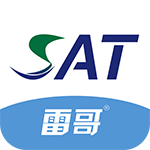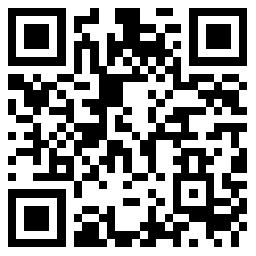雷哥考研 > 题库 > 2020年管理类联考11月公益模考英语(二)测试卷 > 阅读理解A
Text 1
Unlike our earth, the moon doesn't have tectonic plates. Instead, as the moon's interior has cooled over the last several hundred million years, it has caused the surface to wrinkle as it shrinks. Differing from the flexible skin of a grape when it shrinks into a raisin, the moon's brittle crust breaks. This creates stair-step cliffs called thrust faults as part of the crust is pushed up and over another close part of the crust.
There are now thousands of cliffs scattered across the moon's surface. The orbiter has taken photos of over 3,500 of them since 2009. In 1972, Apollo 17 astronauts Eugene Cernan and Harrison Schmitt had to ascend one of these cliffs by zig-zagging the lunar rover over it.Today the moon is 50 meters "skinnier" because of this process. And as it shrinks, the moon actively produces moonquakes along the faults. Researchers re-analyzed seismic data they gained from the moon to compare with the images gathered by the orbiter. The study of Apollo seismic data finds that the Apollo seismometers recorded the moon shrinking, the researchers said. And they believe the quakes are still occurring on the moon.
"Our analysis gives the first evidence that these faults are still active and likely producing so-called moonquakes" said Thomas Watters, senior scientist in the Center for Earth and Planetary Studies at the Smithsonian's National Air and Space Museum in Washington. "Some of these quakes can be fairly strong." Some of the quakes also happened during a point in the moon's orbit when it was farthest from Earth, indicating that the tidal stress of Earth's gravity could have contributed to stress on the moon's crust.
"For me, these findings emphasize that we should visit the moon again," said Schmerr, study author and assistant professor of geology at the University of Maryland. "We learned a lot from the Apollo missions, but they really only scratched the surface. With a larger network of modern seismometers, we could make huge strides in our understanding of the moon's geology. This provides some very promising low-hanging fruit for science on a future mission to the moon."
"Establishing a new network of seismometers on the lunar surface should be a priority for human exploration of the Moon, both to learn more about the Moon's interior and to determine how much of a hazard moonquakes present," said Renee Weber, a planetary seismologist at NASA's Marshall Space Flight Center, in a statement.
23. According to Para.3, it could be inferred that _______.
- 雷哥网解析
- 网友解析
23. 推理题。
【答案】B
题干:根据第三段,可以推断出_______.
A. the earth's attraction to moon directly leads to some moonquakes. 地球对月球的引力直接导致“月震”
B. the tidal stress of earth's gravitation might cause some moonquakes. 由地球重力引起的潮汐的张力可能引起一些“月震”
C. some quakes can be very strong because of the greatest earth's gravity. 在地球引力最强的时候产生了非常强的“月震”
D. there would be more quakes when the moon is closer to the earth. 月底离地球越近则容易产生更多“月震”
【解析】由题干回归原文第三段。该段首句“these faults are still active and likely producing so-called moonquakes”说明“月震”是断层运动造成,选项A与之不符合;选项B对应第三段“最后一句”,由“contribute to stress on the moon's crust-对月球表壳产生压力”,压力自然引起月球地质板块运动,从而产生地震,所以选项B正确。选项C容易由“引力原理”产生误判,它与原文表述相反;选项D无中生有。
题目讨论 (0条评论)

提交
















 预约成功!
预约成功!
















